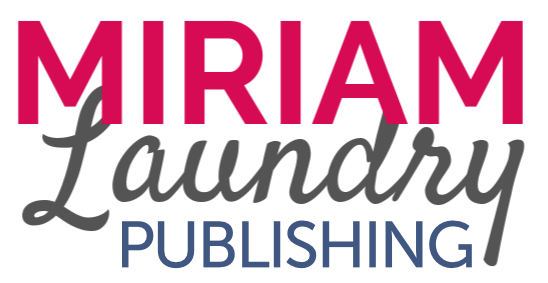Some people love it, and some people dread it: the picture book word count. Whether the word count gives you guidance or makes you feel stuck in a box, it’s essential to know what the word count is and why we use it. In this blog, we’ll cover what the picture book work count is, why it’s so important, and practical tips to help you stick to it.
What is the Picture Book Word Count?
The picture book word count for children’s books can be anything up to a maximum for 1,000 words. Considering that most children’s picture books are 32 pages long and that four of those pages are taken up by the title page, copyright page, dedication page, and about the author page respectively, that leaves 28 pages for your story.
1,000 / 28 = ~35 words per page.
Note that your title page, copyright page, dedication page, and about the author page do NOT contribute towards the picture book word count. When calculating the word count on your story, only count the narrative.
It’s also important to remember that 1,000 words is the maximum for children’s picture books. You do not need to meet this number. As a matter of fact, shorter is often better. But rest assured, if you do end up with a manuscript around 1,000 words, you’re still in the clear.
Why the Word Count Matters
Having a word count means that you, as an author, must think critically about your story and how you’ll tell it. You now need to decide exactly what to include, what to cut, and how to convey meaning in as little words as possible.
But why? Why is the word count so important anyway?
Simply put, sticking to the word count maximises the likelihood that young readers will remain interested in the story and that your story stays focused on the most important plot points.
Interested in Writing a Children's Book?

Now more than ever, it can be difficult to keep young children interested in your story. You’ll need to keep your storytelling concise yet powerful. There’s no room to include unnecessary details.
As an author, you want to write a story children will want to read over and over again. The picture book word count will help you do that.
How to Stick to the Picture Book Word Count
Here are some strategies you can use to stick to the picture book word count:
Use Strong Words: Make sure every word delivers as much impact as possible. Instead of writing “the red flower” write “the poppy” instead. Note that this does NOT mean you should use big, intellectual words. Keep your vocabulary simple and appropriate for young readers.
Remove Repetition: Steer clear of repetitive words, phrases, and other redundancies. Some common culprits include “very”, “and”, “of”, “so”, “the”, and so on.
Stay Focused: Choose one plot and stick with it. In picture books, there’s no need for secondary or tertiary plots. Keep it simple and the word count will thank you.
Show Don’t Tell: Don’t tell us details that can be otherwise conveyed. Instead of telling us that your character wore a green shirt, let the illustrations show it. Similarly, don’t tell us that your main character is smart — show it through engaging dialogue that fuels the narrative.
Outsource Your Edits: When you’ve done all you can, it’s time to hire a professional editor. No matter how great we are at writing, we all need a second set of eyes to help out.
Long-Term Effects of the Picture Book Word Count
The picture book word count is a perfect example of a creative challenge and a serious nuisance, but not without reason. If you can master the word count, I promise you’ll find your writing skills have grown considerably as a result. Not to mention, you’ll also gain an appreciation for other authors who have done the same.
Want to know the word counts for other types of children's books? Click HERE.
